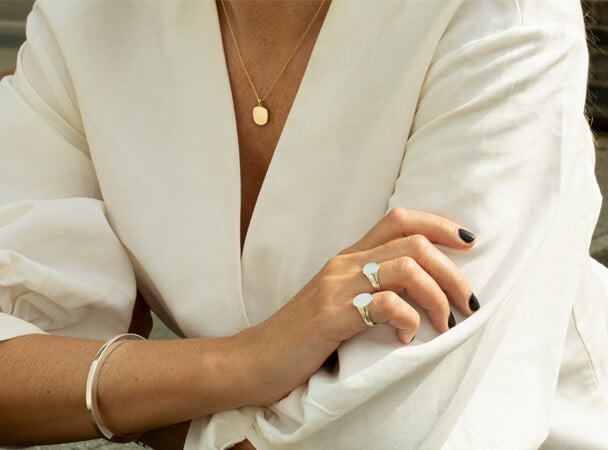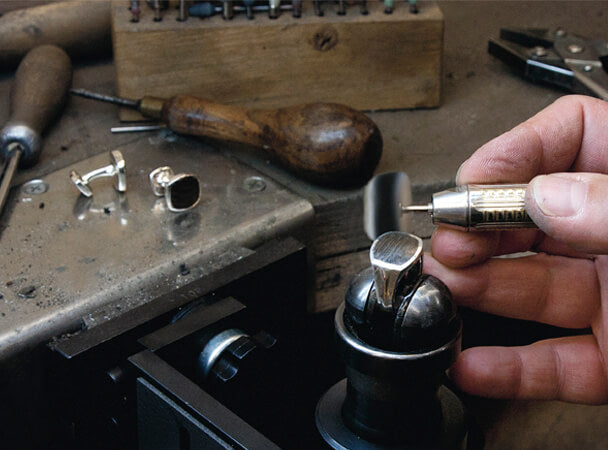Quality & Ethical Diamonds
Diamonds are forever, sang Shirley Bassey. She wasn’t wrong. Diamonds, as the toughest mineral known to humans, will last a lifetime, becoming heirlooms of the future. They carry a rich and illustrious history and nothing shines and sparkles quite like a diamond, the play of fire and colour can catch your eye from across a room, giving them a truly unparalleled beauty. The name diamond derives from the Greek for invisible or untamed. Very apt for this wildly enigmatic stone.
Diamonds have long been prized, with mentions of them throughout history. They were referenced by the Roman poet Pliny, and may have been being traded in India as far back as the 4th century BC. Alluvial diamonds in India – those gathered on the surface of the earth from rivers and streams were among the first to be recognised as objects of desire and traded globally. Since then deposits of diamonds have been discovered across the world from central Africa and America to Russia and Canada.
Diamond is made from carbon, slowly created at high temperatures and pressures deep within the earth’s crust. Diamonds take between 1 billion and 3.3 billion years to form, meaning that some are almost as old as the earth itself.
Small diamonds began appearing in European jewellery around the 13th century and had become more commonplace by the 16th as mining and cutting techniques improved. Trade routes also improved and the sale and movement of diamonds increased, with cutting centres being established in Venice and then Antwerp – still a renowned cutting centre today.
Our diamonds are sourced from reputable diamond dealers who we have worked with you numerous years and each one is hand-selected by our jewellers, ensuring we get the best cuts and quality.
By the 19th century diamonds could be found in the jewellery gracing the necks and hands of most royalty, and were associated with the opulence of the aristocracy. During the 1870’s large deposits of diamonds were discovered in South Africa. Combined with the sale of the French Crown Jewels, diamonds were suddenly more commercially available and started appearing more and more in fine jewellery.
Due to the diamond’s durability, they are ten on the MOHs scale, they are the mineral against which all other minerals are measured. They are used as drill bits for engraving and as polishing tools, and in fact alongside lasers, it is a diamond tool which is used to cut and shape a diamond. The advancement of technology means that the style of cuts has evolved over time, resulting in complex modern shapes which best refract light and dazzle the wearer. The classic cuts, however, such as the emerald or rose, are often found in antique jewellery and have a different, pure quality to them. When it comes to diamonds there really is something for every taste and style.
Set in an engagement ring a diamond will catch the light like no other stone, it can be set in rich rose, white or yellow gold, or cool platinum. Diamonds are incredibly versatile and the range of styles and shapes they come in, and the pieces they can be fashioned into is limited only by the designer’s creativity. Stephen Einhorn uses diamonds across his collection of classic and contemporary designs, weaving them into his more ornate pieces and showcasing their brilliance in his bold, modern designs.
As a company we are particularly concerned about where our materials come from, especially diamonds and we refuse to use conflict diamonds which are inexorably linked with human rights abuses and conflict in many parts of the world. Our diamonds and gemstones all come from reputable dealers who we have been working with for many years and we can also source Canadian diamonds on request.
See a collection of our diamond engagement rings here.
















